Welcome to the summer produce series brought to you by the Hudson Grocery Co-op! Each week this summer you will find a blog post with helpful information about seasonal, Wisconsin-grown produce: how to choose it, how to store it, and how to use it. Whether you pick them from your backyard garden, CSA box, farmer’s market, or local grocery cooperative, your fruits and veggies can be used to their fullest this summer. Now, let’s talk about how to use asparagus!
Seasonal Availability:
Shoots of asparagus are a sure sign that snow is on its way out and spring is on its way in. In Wisconsin, asparagus is harvested May into early June—depending on region, weather conditions, and variety.
Health Benefits:
Asparagus packs a power punch of folic acid (a happy little B-vitamin that helps your body make new cells) and is also a good source of vitamin C, vitamin A, vitamin B6, thiamin, and fiber.
How to Select:
Select firm, round, odorless spears with tops that are tightly closed. Limp spears or spears with flowering tops and dry bottoms are probably past due. It is a bit of a myth that thin asparagus spears are more tender or higher quality than thick ones—instead, the spear size is related to the age and variety of the entire plant. Since spear size makes no difference in quality, think about how you plan to use it; thicker spears hold up to heat well and are less likely to overcook. Thicker spears work well for roasting and grilling, thinner ones work better for soups, stir-fries, pureeing, or eating raw.
How to Store:
Asparagus should be stored in the fridge. Trim off the bottom ends, stand the spears up in a glass filled with a small amount of water, and cover with a bag or plastic wrap.
How to Prepare:
The base of an asparagus stalk is often fibrous or woody, so trim about an inch off the bottom of the stalk before using. Thick spears may have a woody exterior, but the tender inner flesh can be exposed by peeling the bottom half of each stalk with a vegetable peeler. This super versatile veggie can be steamed, stir-fried, baked, roasted, or grilled. It can be the new best friend of breakfast, lunch, or dinner. For breakfast, serve roasted asparagus with scrambled eggs and toast. At brunch or lunch, consider using it in a tart or creamy asparagus soup; and for dinner, drizzle it in olive oil and add it to the grill next to your chicken or steak. If it’s a quick, tasty appetizer you’re searching for, look no further than this baked crab and asparagus spread.
Recipe: Baked Crab and Asparagus Spread
From Welcome to the Table
Total Time: 45 minutes; 20 minutes active
Servings: 6-8
Ingredients
- 1 tablespoon olive oil
- 1 bunch asparagus, trimmed and cut into 1/2-inch pieces
- 1 cup chopped canned artichoke hearts
- 1 cup chopped fresh tomatoes
- 3 cloves garlic, chopped
- 1 6-ounce can lump crab meat, drained
- 1/2 teaspoon sea salt
- 1/8 teaspoon black pepper
- 2 eggs
- 1 8-ounce package Neufchâtel or cream cheese, softened
- 1/2 cup milk
- 1/3 cup grated Parmesan
- 2 large pinches smoked paprika
- 1/4 cup slivered almonds
Preparation
Heat oven to 375°F. Heat the olive oil in a sauté pan, then add the asparagus, artichokes, tomatoes and garlic. Sauté for about 5 minutes until asparagus is just tender. Remove from the skillet and place in a small, oiled baking dish. Stir in the crabmeat, and add salt and pepper.
Next, in a food processor, blend together the eggs, Neufchâtel and milk until fully incorporated. Pour the egg and cheese mixture over the crab and veggies, then top with Parmesan, smoked paprika and almonds. Bake uncovered on the middle rack in the oven for 25 minutes. Remove from the oven and serve hot with toasted baguette slices or crackers.
Serving Suggestion
This crowd-pleasing appetizer pairs well with white wines like Sauvignon Blanc or lighter reds like Pinot Noir. Serve with crisp slices of cucumber or zucchini as an alternative to bread or crackers.
Nutritional Information
210 calories, 14 g. fat, 100 mg. cholesterol, 440 mg. sodium, 10 g. carbohydrate, 4 g. fiber, 14 g. protein
Recommended reading:
Vegetables Illustrated by Cook’s Illustrated has a lovely recipe for a buttery Asparagus-Goat Cheese Tart, and the book is available through the Hudson Area Public Library system.
What about you?
Do you have any tips on how to use asparagus? We would love to hear from you about your favorite recipes over on our Facebook page!
Want to see more local, fresh produce in your fridge? Consider becoming an owner of the Hudson Grocery Cooperative—which will be a locally-owned, full-service grocery store that offers diverse food and product choices including organic, sustainable and regionally sourced options for our community.
Recipe and image credit: Welcome to the Table

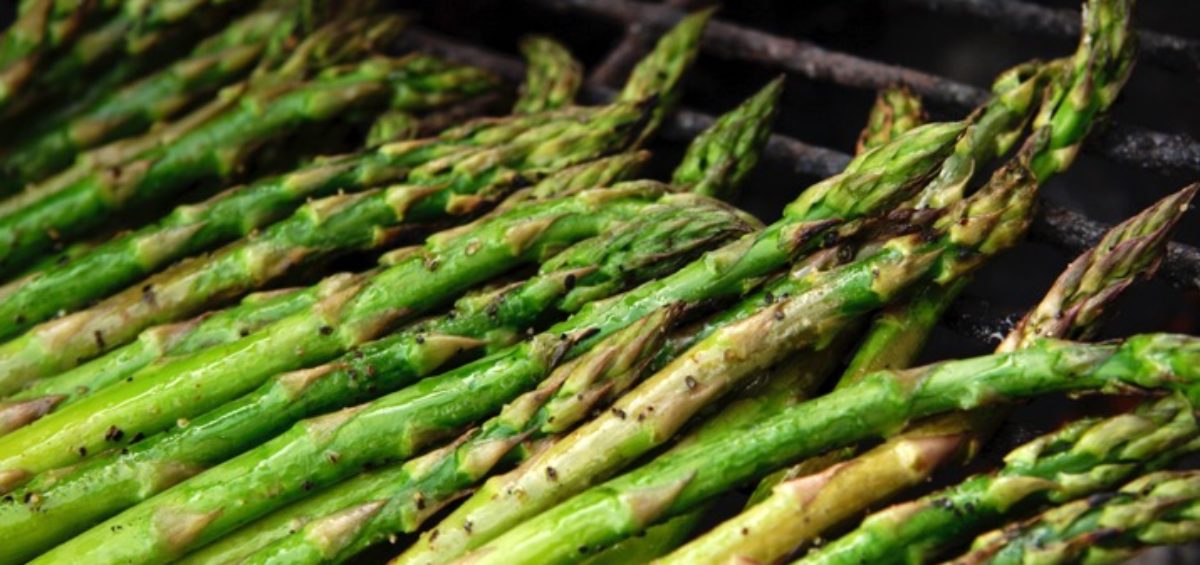
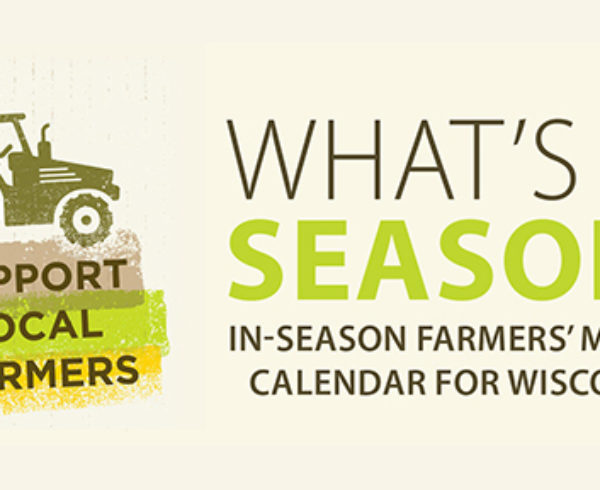
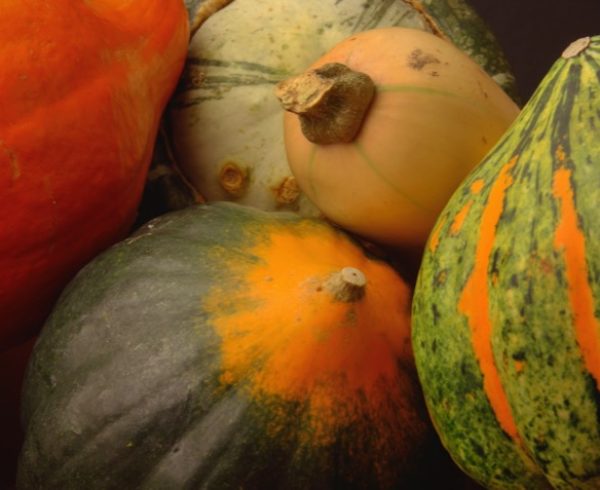
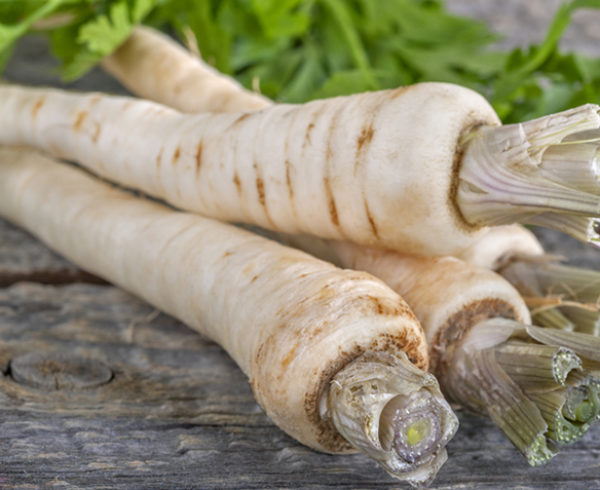
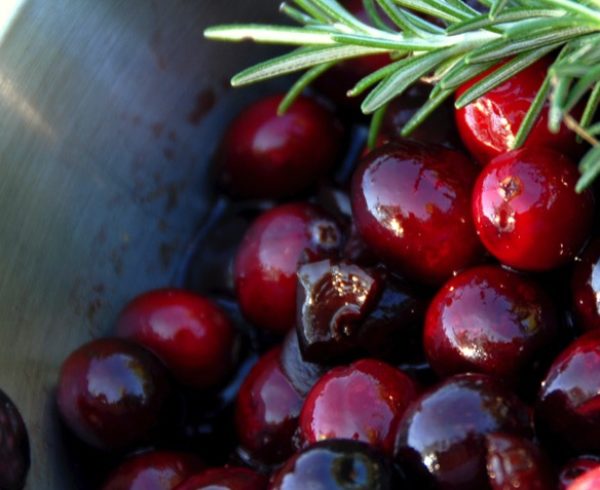


Leave a Comment